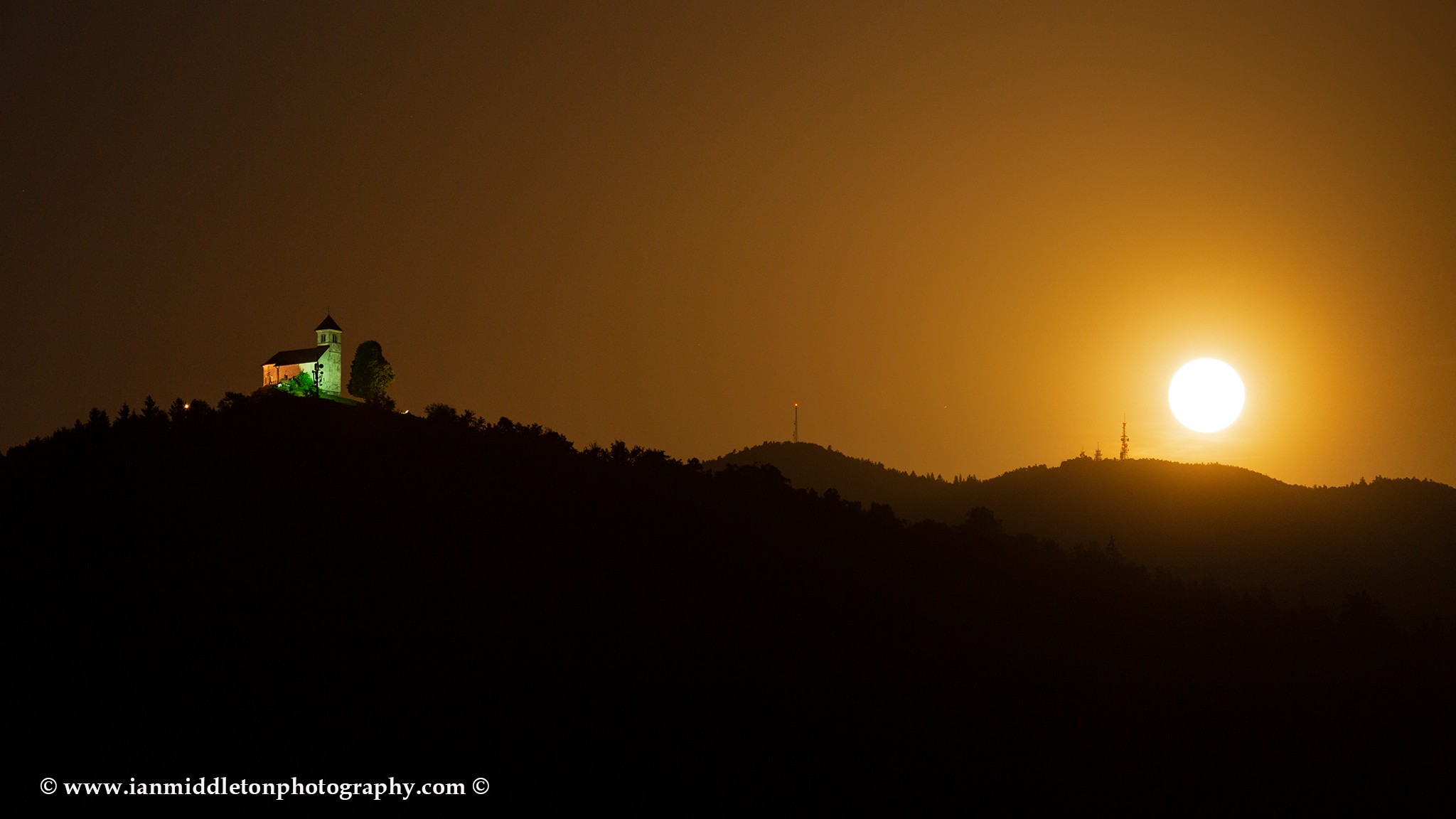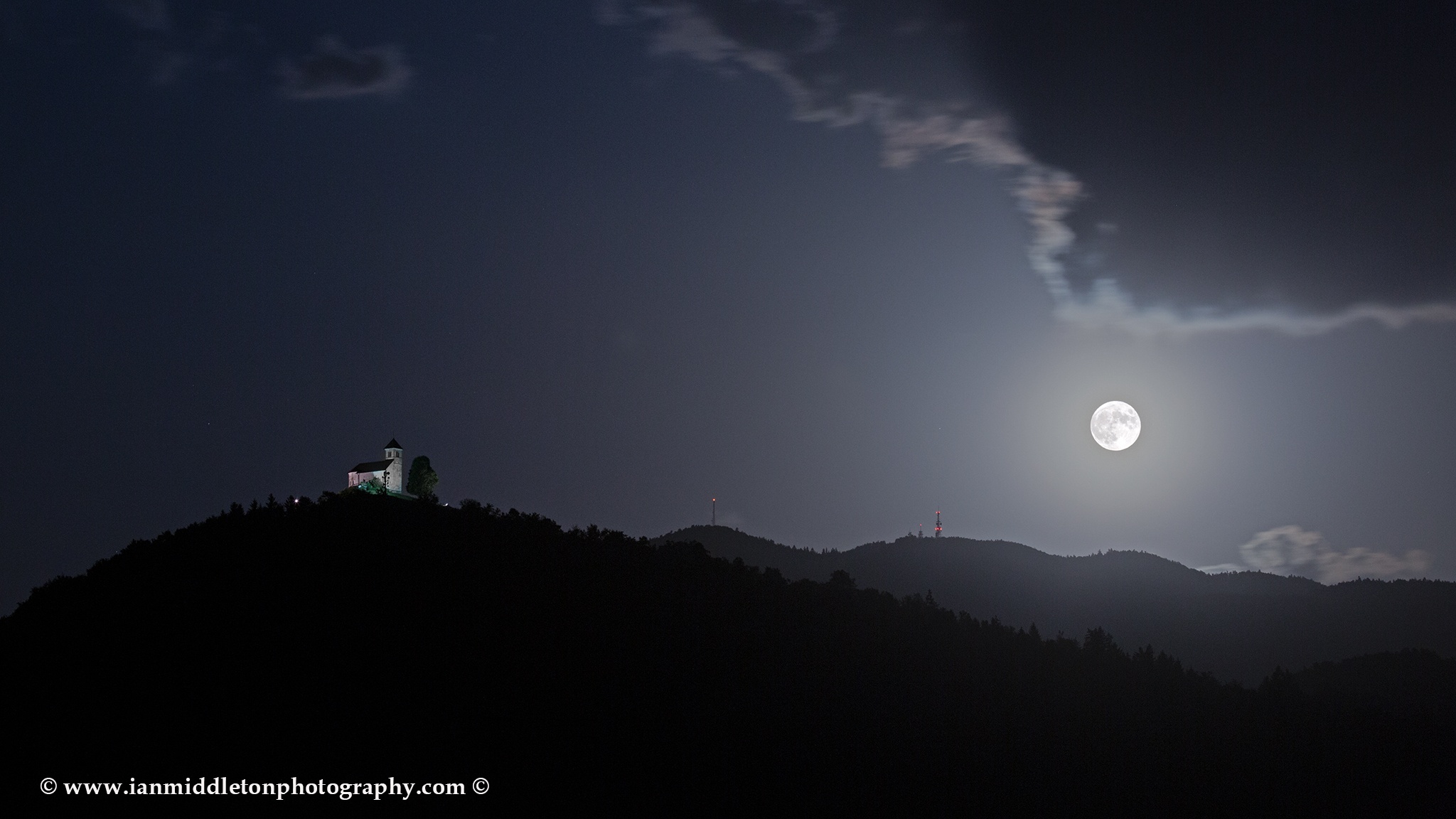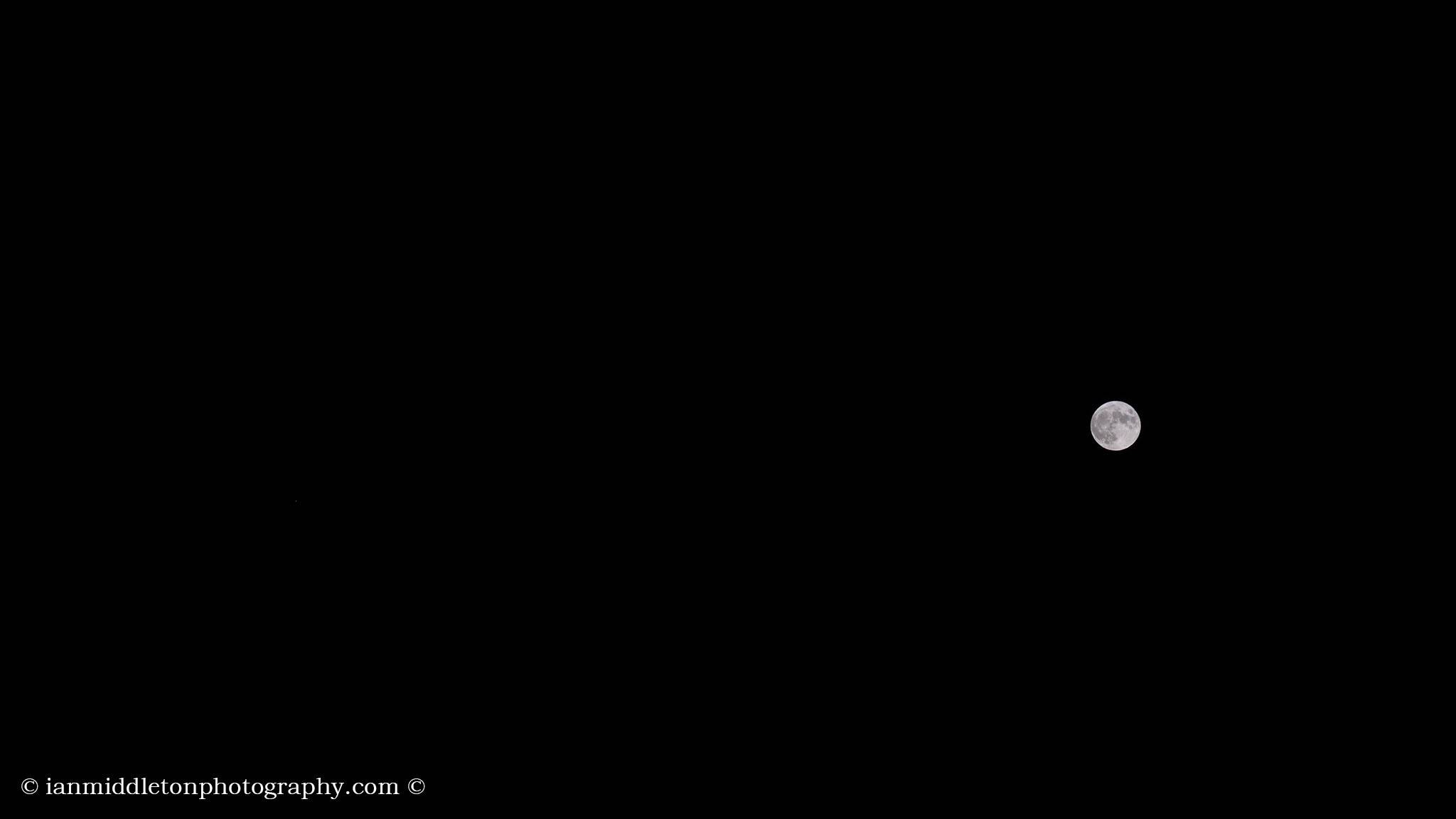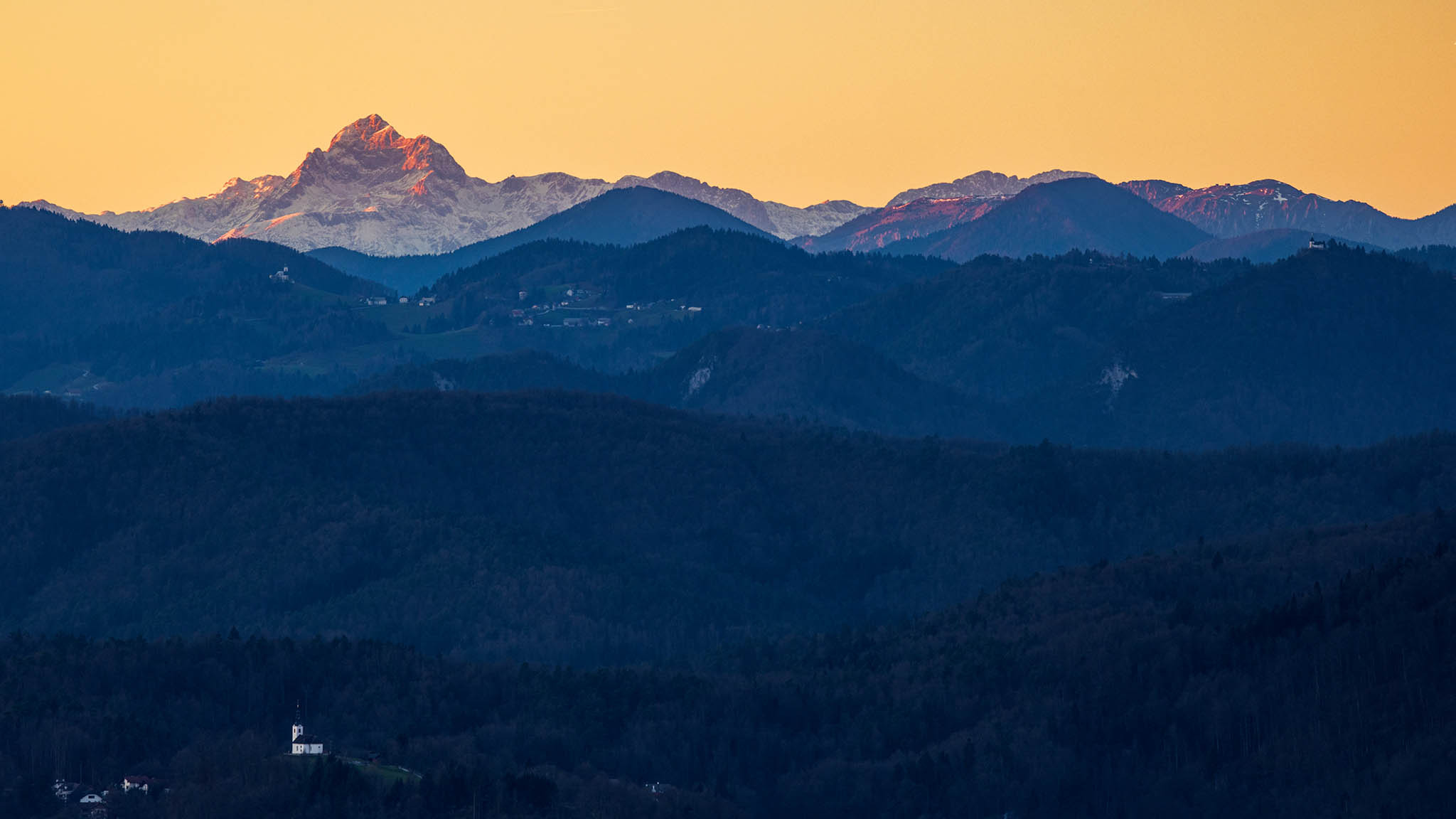
Why use an L Bracket on a camera?
Why use an L bracket on a camera? Well, there is a good reason for this.
In this video I show you the Three Legged Thing QR11 L Bracket, how to use it and show you why it’s a great little device to have and how it can very easily allow you switch from landscape to portrait mode quickly and easily and with minimal adjustments to your composition.












